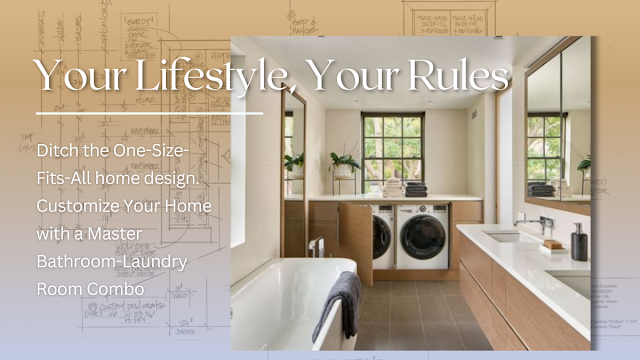THE ELEMENT OF HAPPINESS: WATER
Presence Of Water: A condition that enhances the experience of a place through the seeing, hearing or touching of water. P5
"Negative ions are odorless, tasteless, and invisible
molecules that we inhale in abundance in certain environments. Think mountains, waterfalls, and beaches. Once they reach our bloodstream, negative ions are believed to produce biochemical reactions that increase levels of the mood chemical serotonin, helping to alleviate depression, relieve stress, and boost our daytime energy." ~ WebMD
Many of us have probably experience the more obvious benefits to having the presence of water near us. The benefits are almost immediate; reduced stress, increased feelings of tranquility, lower heart rate and blood pressure. It is amazing how just one element can have such an impressive and positive impact. This is one of the reasons why including biophilic patterns is important to wellness living and the subsequent movement.
What you may not know about are the other benefits of P5. Scientists have been able to measure improved concentration and memory restoration. Additionally, enhanced perception, and psychological responsiveness have been observed. It would be ideal to have a water feature located centrally in the home if not close to the home office.
The purpose of including biophilic design in your home improvement project is to be able to access the body's natural healing and balancing systems. We all have the capacity to heal and elevate our emotional state of being ourselves. It is just a matter of understanding how to do it. For that science has turned to nature and observed how it works and how we respond to its systems in an organic and primal sense.
Between the 1950's and the 1960's it was not uncommon to see homes built around atriums. While one might argue this was born in Ancient Greece, Eichler put his own architectural spin on the age old idea. It is time once again to revisit the concept with a fresh look at today's standard of living. Kitchen and Landscape gardening are more than a trend. Similar to the necessity of victory gardens during WWII, we are finding ourselves growing our own food at home. Instead of war being the catalyst it is global warming, contaminated water sources, and polluted air that are motivating the movement. By growing food at home, we have more control of the nutrient density and quality of our fruits, vegetables and herbs. This allows a perfect opportunity to incorporate water features that are functional as much as they are ornamental.
This is especially good news for homes in the desert. Fortunately, homes by Eichler and architects within his genre were predominant in California. This means there is already a nice inventory of homes in the Coachella Valley that have atriums ready for you to revive them and give them purpose. If we take a common passive cooling solution from the middle east, centrally located cooling towers, atriums are poised to be the next version. Add vertical gardens to the walls of the atrium. have 1-3 openings into the house from the atrium. Hot air is naturally pulled down by the cool low pressure in the tower. As it travels down the tower the air is cooled by plants and the water feature. It then circulates through the home and is vented back out through the exterior. The concept is illustrated below:
ENERGY SCIENCE & ENGINEERINGWater serves so many purposes in our daily lives which are both functional and ornamental. Interestingly, humans have a marked response to landscapes that include water vs. those that don't. The restorative properties of the view are higher with a view of a water feature in the landscape. A report by Barton and Petty in 2010 revealed that the presence of water, even in a green space significantly improves self esteem over green spaces without a view of water. For even more benefits, being able to hear and touch water awakens other senses and healing properties within our bodies. It is one of the patterns that we can view repeatedly without diminishing the impact. It should be noted that forceful or highly turbulent water displays will likely have a negative effect creating discomfort and possible agitation. We tend to equate aggressive displays with destruction and or harm. How can we introduce water either figuratively or literally into our personal spaces?
















Comments
Post a Comment